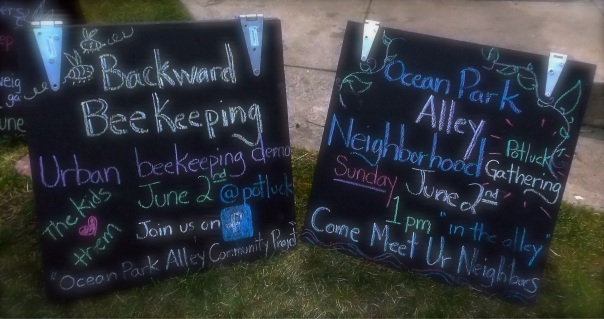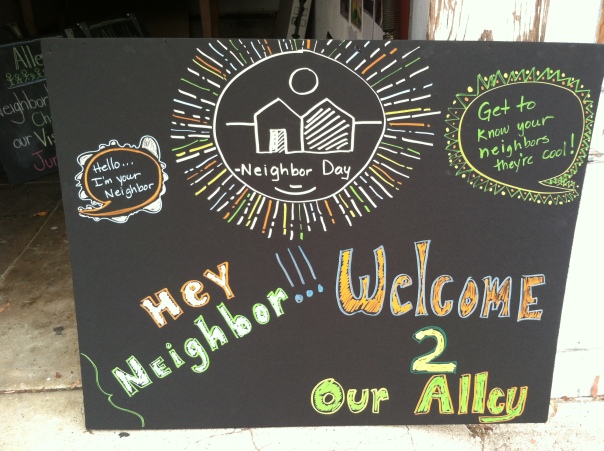The theory behind placemaking is that it should engage people within a community and inspire them to take ownership of a common space and transform it. After the metamorphosis takes place, it should become a place that will nurture relationships, repair the ecology and be vitally self-sustaining. No longer should people “hurry home”; placemaking would give people the option and the motivation to slow down, enjoy their neighborhood and their community because of the welcoming and transformed surroundings they are in. I believe it is essential for cities to support placemaking efforts because they touch upon deeper issues of social isolation and contribute to the practice of participatory democracy. For example, the Placemaking Chicago concluded that the benefits include: development of economy and community, increased identification with one’s community, engagement with the youth and construction of bridges across diverse populations. The staff at Project of Public Space in Chicago stated, “Placemaking allows communities to see how their insight and knowledge fits into the broader process of making change. It allows them to become proactive versus reactive, and positive versus negative. Simply put, the experience allows regular people to make extraordinary improvements, both big and small, in their communities.”
This specific project is to design and implement a collaborative plan that transforms the Ocean Park Place Alley into a community space that redirects its current focus. Today that focus is on automobile convenience rather than a focus on active residential use in the area. The desired outcome is for the alley to become a Living Street, a street that is devoted to people and community.
Placemaking is also about our relationship to our city. Cities are made up of different types of communities filled with different individuals. Yet, we assume that all communities have the same types of urban issues that we have come to assume made up the norm. So, how can we redefine the norm? How can we as city citizens reframe what we have learned and experienced from our urban experiences? Can forming relationships with those around us create a reshaping of the city grid? Can this grid of lines be blurred with a knock on a neighbor’s door, a block party, or a traveling dinner party? This Capstone will demonstrate that the grid is really an illusion. Instead of a grid, there is “life between buildings”—the concept that passive contacts are important because these small contacts are the gateway towards more complex relationships that can be a source of inspiration and companionship down the road. Placemaking would facilitate the meshing of former strangers and the creation of new friendships rather than allowing a barrier to come up between inhabitants within a neighborhood. Placemaking is a way to ground us in the reality that forming personal relationships with our neighbors will be our new way to design our communities and our cities.

